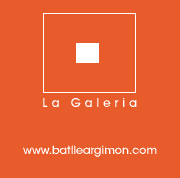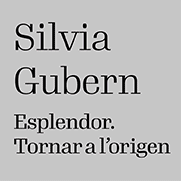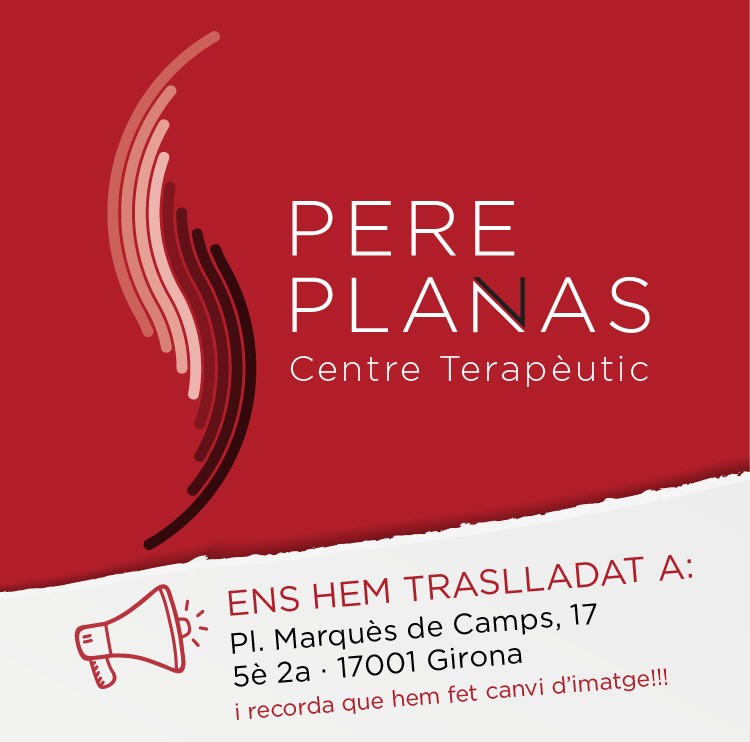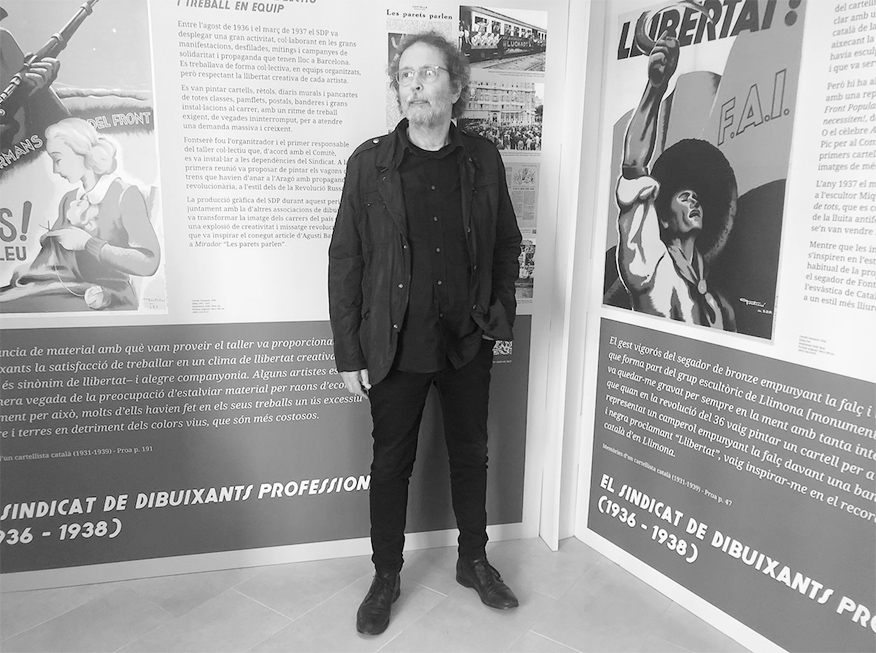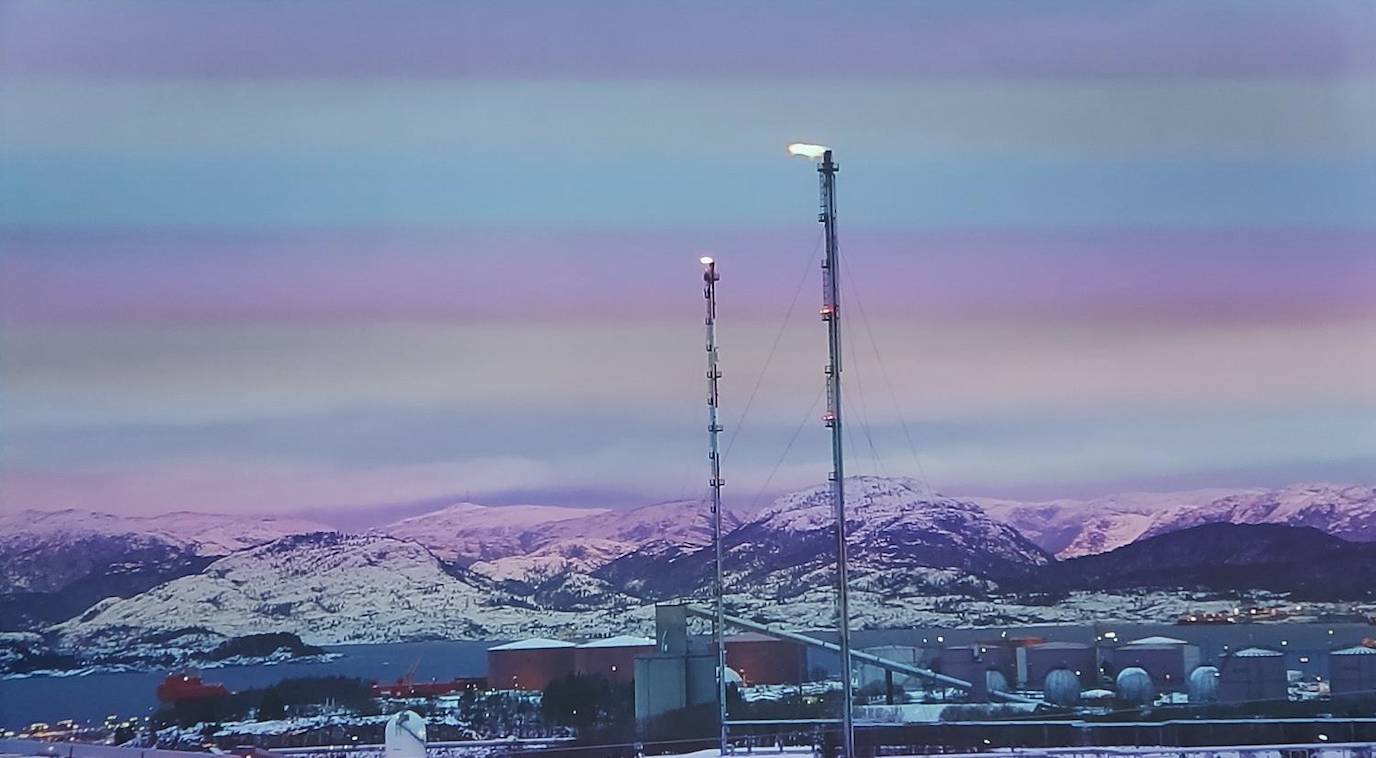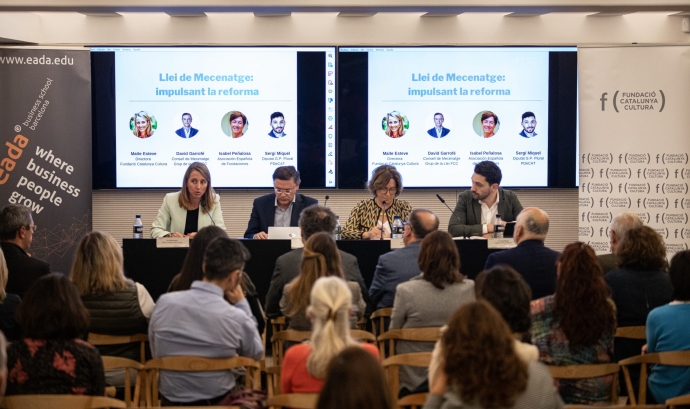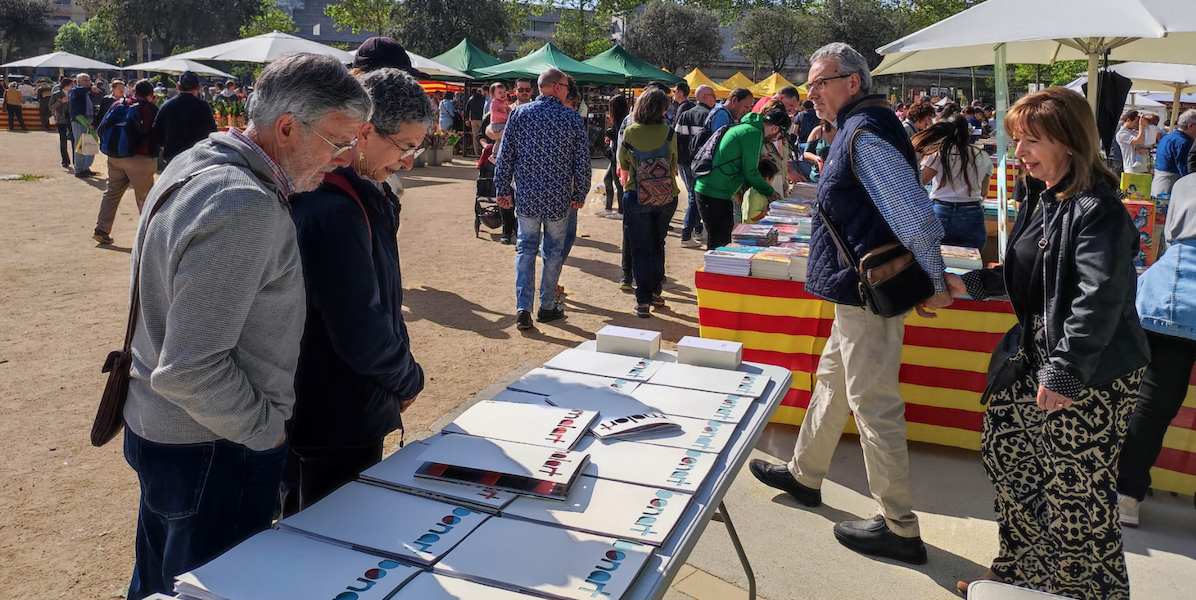Opinion
uncomfortable
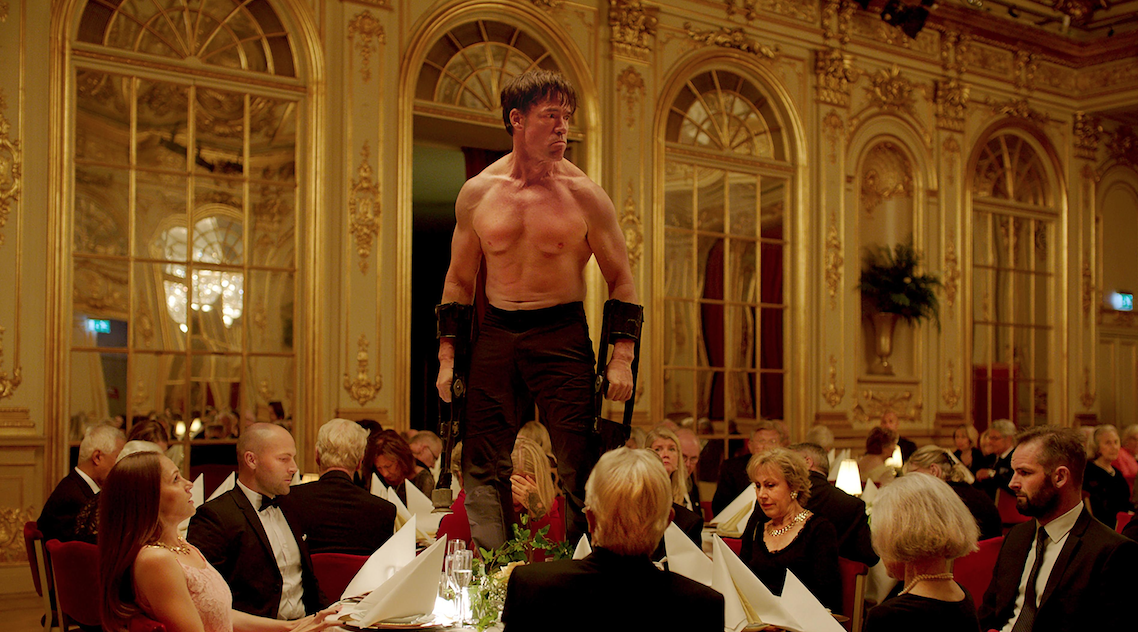
It's nothing new on the billboard. It won the Palme d'Or at Cannes in 2017 and a Goya for best European film in 2018, among other awards and nominations. When I saw it, the curiosity to discover what they could explain to me in a film about the workings of a contemporary art museum in Stockholm – but it could be in any other nearby city – turned into unbridled enthusiasm. Ruben Östlund's The Square masterfully satirizes the miseries and absurdities that often accompany the exhibition of contemporary art through an unscrupulous curator. Some scenes, such as the speech of the commissioner with his henchmen and the gang surrounding him, are so real that they are terrifying. Others, like the performance of the ape-artist in the middle of a gala dinner, become simply hilarious. The Square is a film about discomfort. He's impertinent and digs into unpleasant situations, pushing the characters and the people on the other side of the screen at the same time.
While I was still digesting the Swedish tape, I fell into the hands of El artista, by Mariano Cohn and Gastón Duprat, which is oriented in the same way, while traveling through the many faces of uneasiness. Attention, do not confuse this Argentinian production with the French romantic comedy in the style of a black and white silent film of the same title! The plot of El artista (2008) is simple: a nurse in a geriatric care takes advantage of the drawings made by one of the inmates to become the fashion artist of Buenos Aires, chaining openings, conferences, interviews and unknowing praise too good what to do or what to say in the middle of so much posturing. A new cinematographic journey through the void, which involves actions that are, at times, agonizingly familiar.
Leaving aside the sticky feeling of continued discomfort caused by The Square and The Artist, in these films brilliantly emerge, in complementary planes, some of the questions—about authorship, ethics and aesthetics, market, criticism, mediation, power—that they repeatedly fly over the contemporary art scene, and for which it is not always easy to find an answer without falling into a tedious repertoire of clichés and commonplaces. In both, in the end, discomfort and laughter are revealed as pathways to knowledge.


